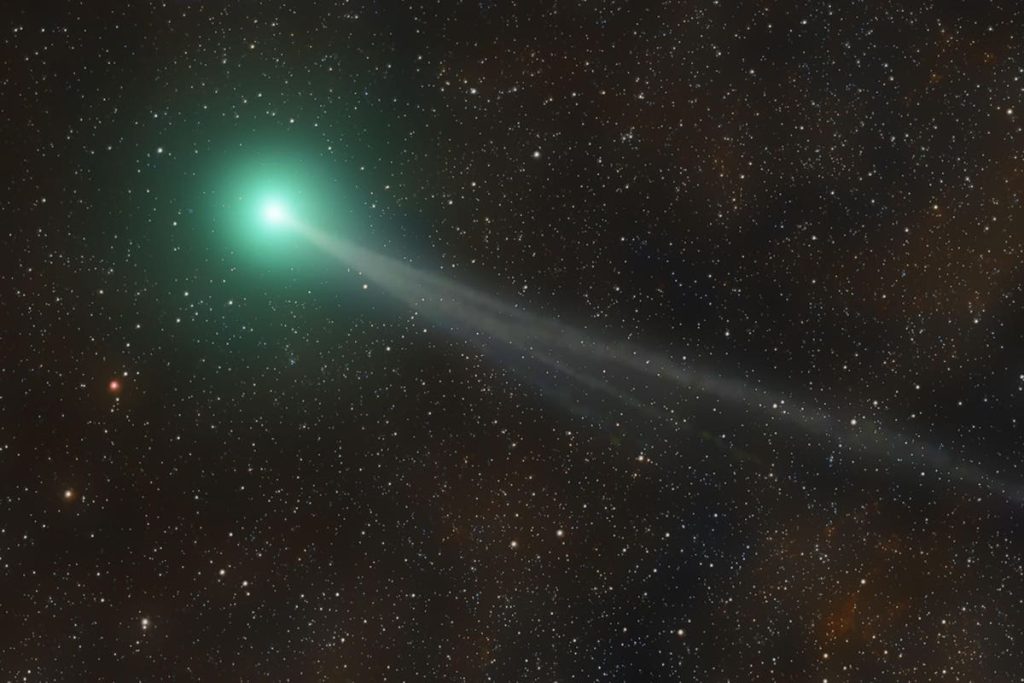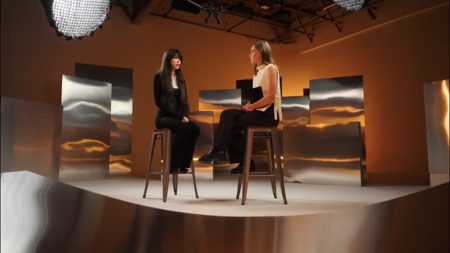The arrival of a naked-eye comet is exciting, but as usual reports about the visibility of Comet Nishimura need to be taken with a large pinch of salt.
Take The Independent, for example, which states today that Comet Nishimura can be seen “in the hour after sunset and the hour before dawn by looking east-north-east, towards the crescent moon and Venus.” That’s only half-right.
Right now C/2023 P1 (Nishimura) is in the constellation Leo, the Lion. It’s actually in its head. The head of Leo is visible only in the early mornings, rising in the east-northeast with Venus close by, about an hour before sunrise. However, since Comet Nishimura is moving very quickly down the Lion’s body it’s about to enter the evening sky.
Comet Nishimura is predicted to become bright enough to see with the naked eye around Sept. 12, 2023 when it gets closest to Earth through Sept. 17 when it gets closest to the sun. However, it will not only be lost in the bright post-sunset twilight during this time, but it may not emerge from its close pass of the sun unscathed. It may drastically reduce in brightness. Or worse—it might disintegrate entirely.
What it won’t do in all of its time as a bright, technically naked eye object is rise high into a dark sky to actually be easily seen with the naked eye. Annoying celestial mechanics means that the best you can hope for from Comet Nishimura is to glimpse it low to the western horizon right after sunset. For that, it would be wise to have binoculars on hand—and a lot of patience.
Comet Nishimura is a new comet on the block. It was discovered very close to the sun on Aug. 11, 2023 by Hideo Nishimura, an amateur astronomer in Japan, according to Starwalk, and confirmed by the Minor Planet Center on Aug. 15.
Wishing you clear skies and wide eyes.
Read the full article here









